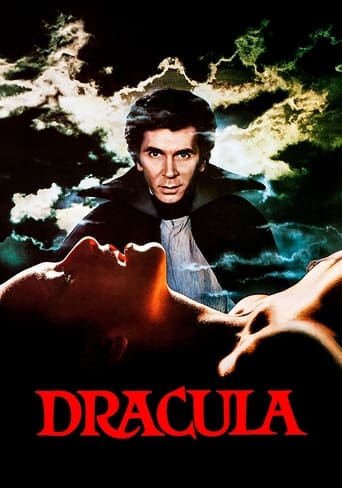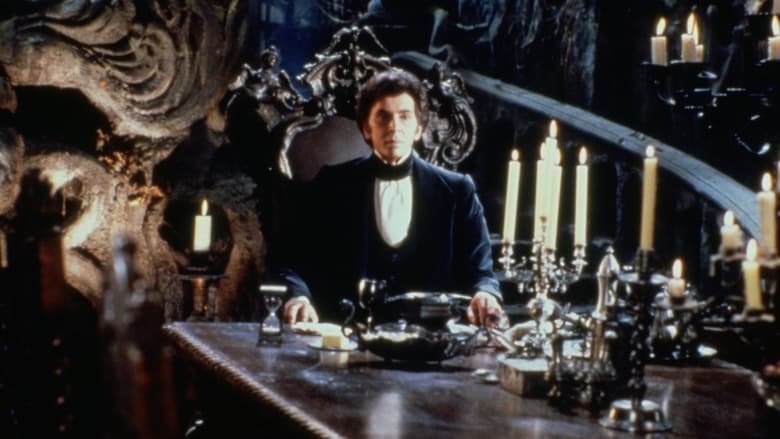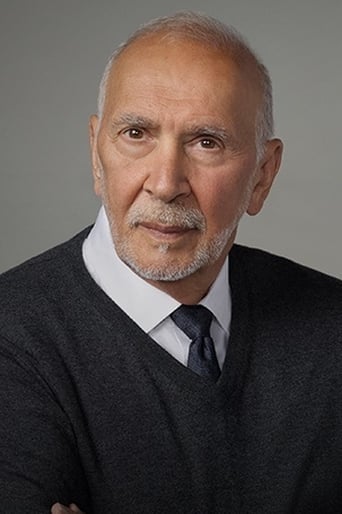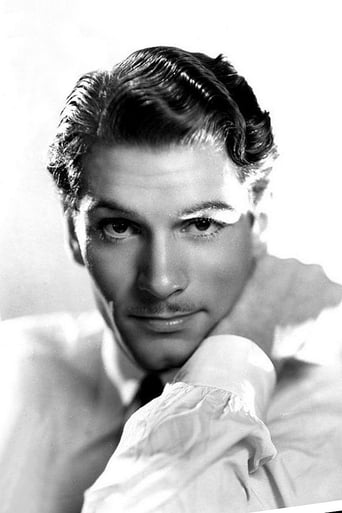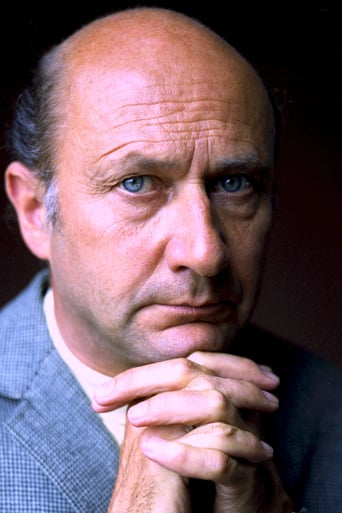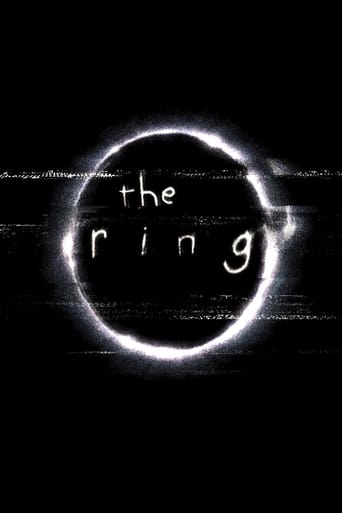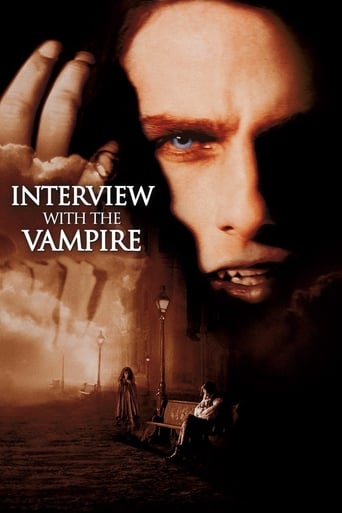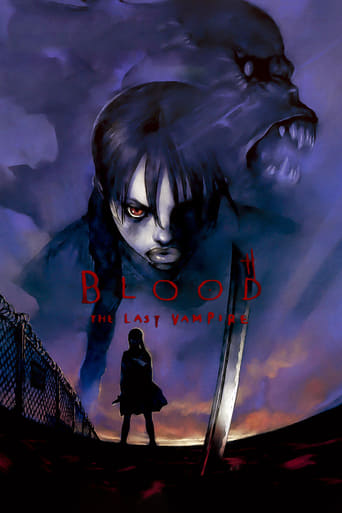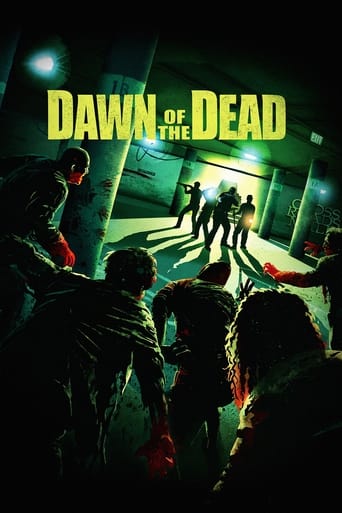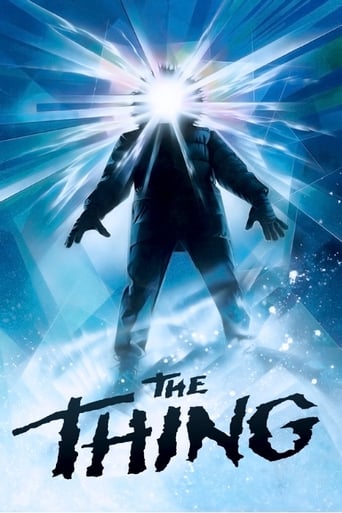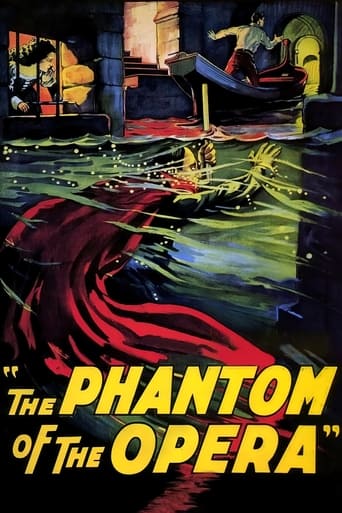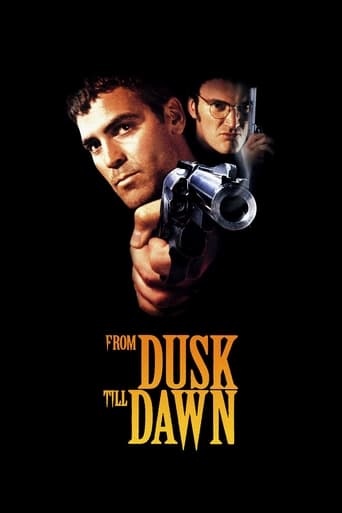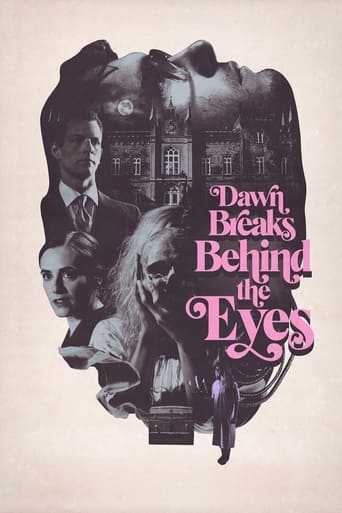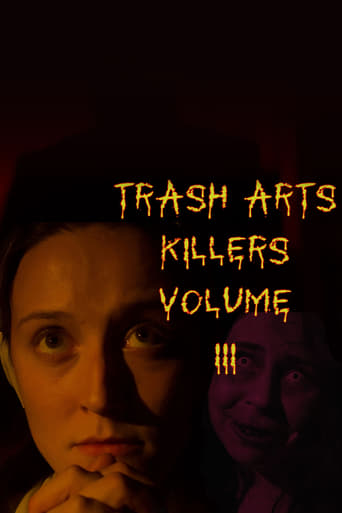Dracula (1979)
Romanticized adaptation of Bram Stoker's 1897 classic. Count Dracula is a subject of fatal attraction to more than one English maiden lady, as he seeks an immortal bride.
Watch Trailer
Cast


Similar titles
Reviews
Thanks for the memories!
This is one of the best movies I’ve seen in a very long time. You have to go and see this on the big screen.
This is a dark and sometimes deeply uncomfortable drama
Through painfully honest and emotional moments, the movie becomes irresistibly relatable
first, for the cast. to meet, together, Laurence Olivier, Donald Pleasence and Frank Langella is a real delight. then - for the nuances who reminds, after so many experiments, the original novel. and not the last, the fascinating Dracula by Frank Langella who is more a seducer than the monster. the atmosphere reminds old fashion Gothic literature. the acting preserves the delicacy of tension and gives force and beautiful sparkles to a story who seems be well - known. maybe it is not exactly the best adaptation. but it remains a must see. maybe for the emotions and for the special feeling to discover hide zones of a novel who remains great source of inspiration for the horrors. and this is the great good point of this film - it is the perfect mixture between thriller, mystery and crime, ignoring the rules of horror for a beautiful story who use in wise manner great cinematography.
Dracula (1979)** (out of 4)This big-budget adaptation of the Bram Stoker novel has Frank Langella playing the role of Dracula who sets his eyes (and teeth) on Lucy (Kate Nelligan) while it's up to her father (Donald Pleasence) and Prof. Van Helsing (Laurence Olivier) to stop him.With a capable director like John Badham, a ton of money and a great cast, this 1979 version of the classic story should have been so much better than it actually is. With that said, even though it's easy to call the film a disappointment there's still no question that it does feature some good things but in all honesty that just pours salt into your wounds and is an easy reminder that with a few changes this here could have been one of the best adaptations.I will start off with the good stuff. There's no question that Badham has created a wonderful looking picture. The film contains some wonderful cinematography and the set design is among the greatest that you'll ever see. I especially loved the look of Dracula's castle and the cemetery also. John Williams' music score is another major plus. One of the highlights is an extremely effective moment where Van Helsing is in a mine when he sees a reflection of his daughter. I'd also argue that the performances are a plus with Langella doing a nice job in the lead role, although he's more sex than scary but more on that in a bit. Pleasence is also fun to watch and I think Olivier is good in the role of Van Helsing but it's far from the type of "great" performance you'd expect from one of the screen's greatest actors.Now for the bad and there is plenty. The first fifty minutes of the movie are quite bland and boring because there really aren't any horror elements and instead the film goes for romance. That would have been okay had the film actually been romantic but these scenes fail terribly and the sexy side of Dracula just never comes across. That's especially true since the sexuality has been drained from the picture and you realize that Hammer had more sex in their pictures from twenty years earlier! I'd also argue that the film has a bit of a pacing issue and that it just can't recover from the opening.Still, Dracula is a failure but at the same time there are enough interesting moments to make it worth sitting through.
A magnificent swooping shot towards and over Castle Dracula fades into an equally epic shot of The Demeter, the doomed ship that holds the casket containing Dracula, being rocked by a punishing storm – all with the backing of John Williams' bombastic musical score. It's clear this lavish production intends to be as spectacular as possible.Frank Langella is a commanding, imposing and charming Dracula. A real life condition causes his very eyes to shiver –effective when Dracula notices butler Swales (Teddy Turner) has cut his finger whilst serving supper.Interestingly, the characters of Mina (now Van Helsing's daughter) and Lucy (Kate Nelligan) are swapped for this version: Mina is already sickly and prone to unpredictable behaviour even before Dracula's arrival.We have Trevor Eve's rather sulky Jonathan Harker, Donald Pleasance forever eating or chewing as Dr. Seward and Laurence Olivier as a frail Abraham Van Helsing – Olivier's health was precarious throughout filming, but he went on to live ten more years and continued making films.In 2004 Director John Badham made the bizarre decision of draining much of the film's colour for the DVD release. The result, especially for the scenes inside Castle Dracula, play almost like a black and white film (perhaps that is the intention. There are certainly similarities between this and the 1931 version: both films are based on the Hamilton Deane and John L. Balderston stage version, and both feature leading men who helped make the theatrical runs so popular). The resultant imagery however, has scenes that are visually very flat.A sequence that looks out-of-place, beneath its own glossy over-production, is when Dracula enters Lucy's room and seduces her. Striding through plumes of machine-generated smoke, the following canoodling melds straight into laser-lit choreography, with whirling dry ice, blood red lighting and cartoon bats. Flamboyant it might have been in 1979, this is the only scene that dates the film.Having said that, the set-piece that most remember is that of a vampiric Mina emerging from the sewers to entice Seward and Van Helsing. Beginning as a reflection in a muddy pool of water (vampires cast no reflection – indeed, Dracula is not shown in the mirror as he enters Van Helsing's room), she looms from the shadows as a frightening, ragged, decomposing spectre. Brilliant and terrifying this transformation is, from the lovely Jan Francis into a monster, I'm not sure it makes a lot of sense – Mina has only been dead a short while, and vampires are known to retain their youthfulness once bitten, not decay as Mina has done (only in death does she revert to her original self).Equally, Dracula's eventual demise stretches things a bit. The notion that old Van Helsing, dying from being impaled, manages to hurl a hook in The Count's back with enough force to embed itself enough for him to then to be winched into the sunlight is difficult to invest in.These niggles aside, this is a powerful and vibrant adaption, and highly enjoyable. Released around the same time as Werner Herzog's 'Nosferatu' and the George Hamilaton-starring 'Love at First Bite', its commercial impact was compromised a little, which presumably scuppered further interest from Universal.
Of the 90 or so horror films that I have watched this year, this is one of my absolute favourites after "Witchfinder General" and the very best of the Hammer films (including their 1958 version of "Dracula"). Frank Langella is excellent as Dracula. A sorely underrated actor, he brings a great sense of sophistication, class and danger to the title character, in part due to his terrific voice. It also has a very strong supporting cast: Donald Pleasence, Laurence Olivier, Kate Nelligan (who, crucially, has great chemistry with Langella) and Trevor Eve. However, Sylvester McCoy's part is disappointingly brief.The film is very well written and John Badham's direction is superb. While I thought that the horror elements were extremely strong, I adored the dark romance elements, something which sets it apart from many other adaptations of the novel. For my money, the most successful of these scenes are Dracula and Lucy's conversation at the dinner table, which is covered by lit candles (which I took as being representative of the fires of Hell) and the very sexy and surreal sex scene.The main characters are all well characterised and I liked the fact that Jonathan Harker was far more sceptical and dismissive of the idea of the supernatural than many characters in similar films. It takes several attempts for Van Helsing (who is Mina's father in this version) to convince him that not only vampires exist but that Count Dracula is one. As it takes place in the Edwardian era, it is set later than many other adaptations and consequently it features cars and gramophone records, which I think was done deliberately to give the film a more modern feel while still retaining a period setting.

